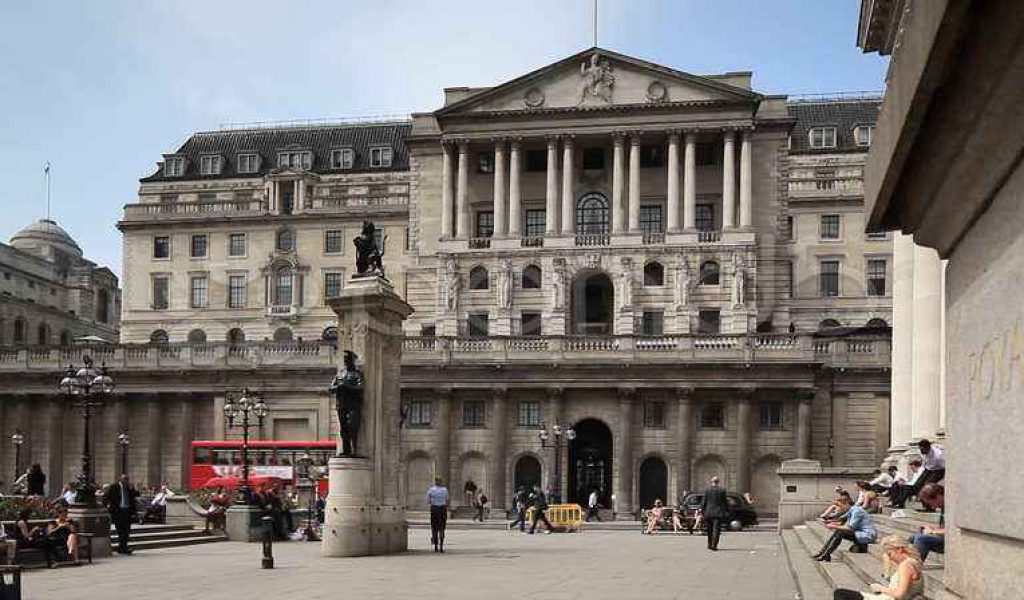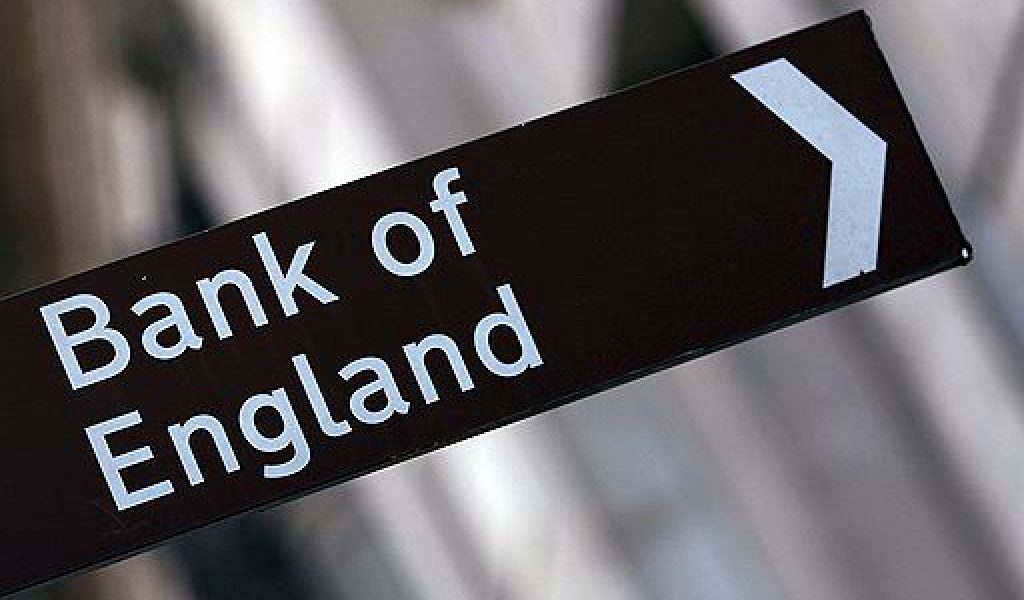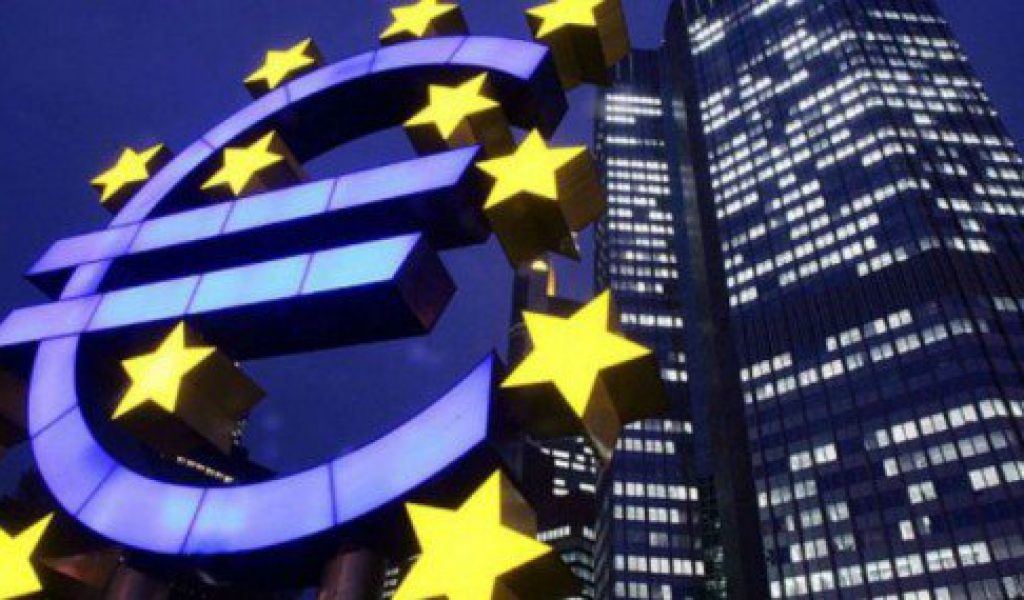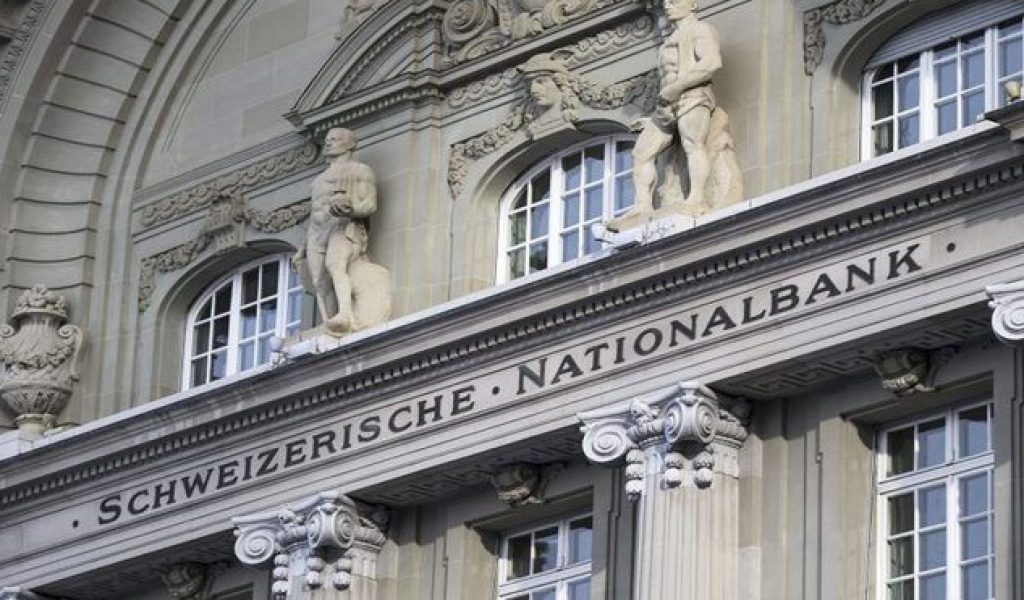BoE holds rate, sees stronger UK growth
The Bank of England on Thursday ramped up its UK economic growth forecasts for the next three years, despite the threat of Brexit storm clouds.
The bank voted unanimously in its February meeting to keep interest rates at the record low level of 0.25% and keep its quantitative easing (QE) purchase targets at up to £10 billion ($12.6 billion) for corporate bonds and £435 billion for U.K. government bonds.
Then, the British central bank lifted its 2017 economic growth prediction to 2.0% from a 1.4% forecast signalling the better-than expected performance of the UK economy since the June referendum.
The BOE still believes growth will slow as Brexit negotiations begin, predicting GDP growth of 1.6% in 2018 and 1.7% in 2019. That was up from growth estimates of 1.5% and 1.6% respectively.









